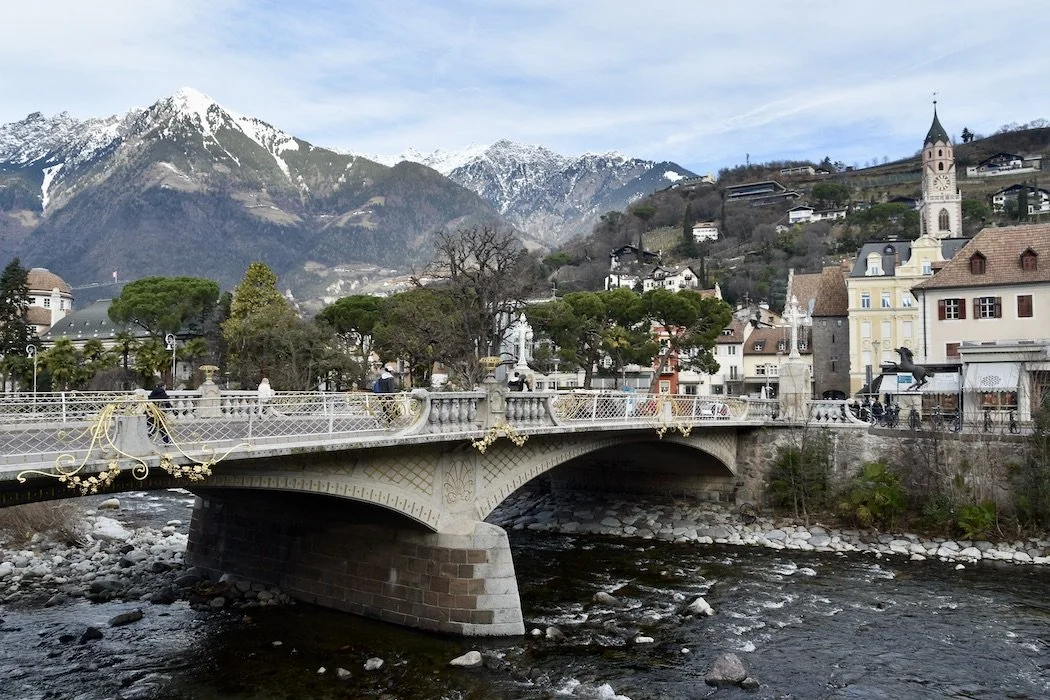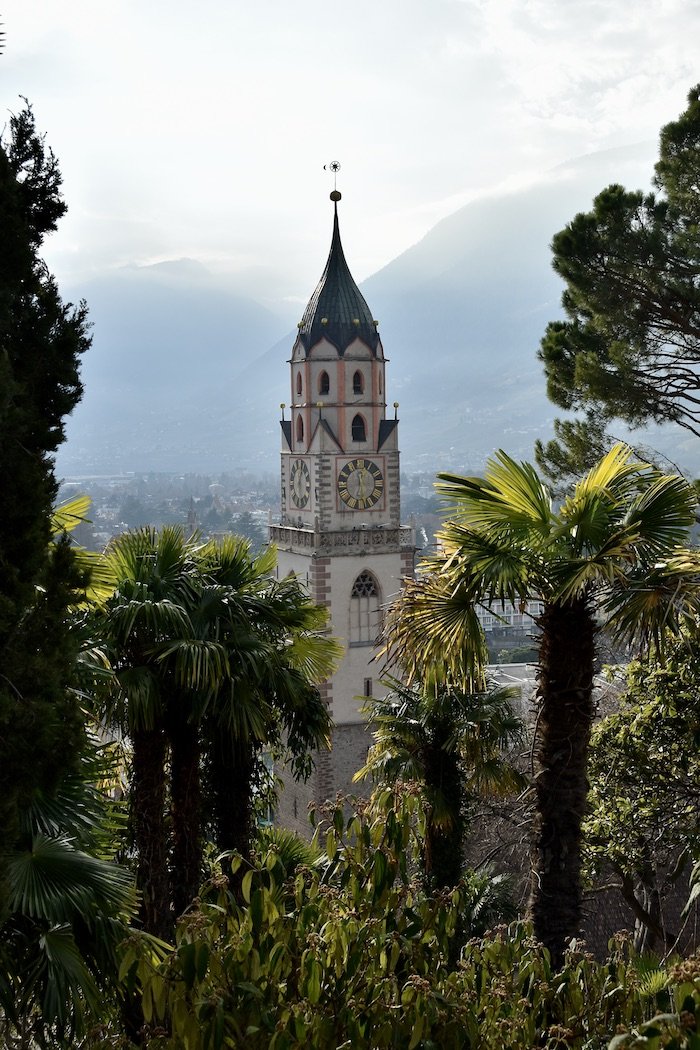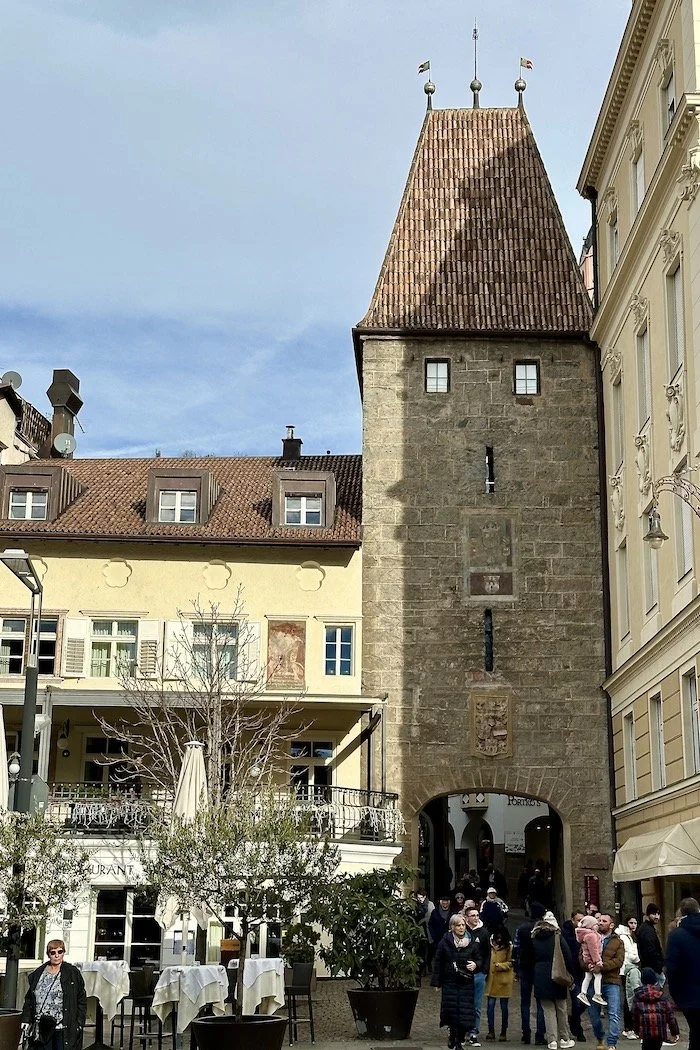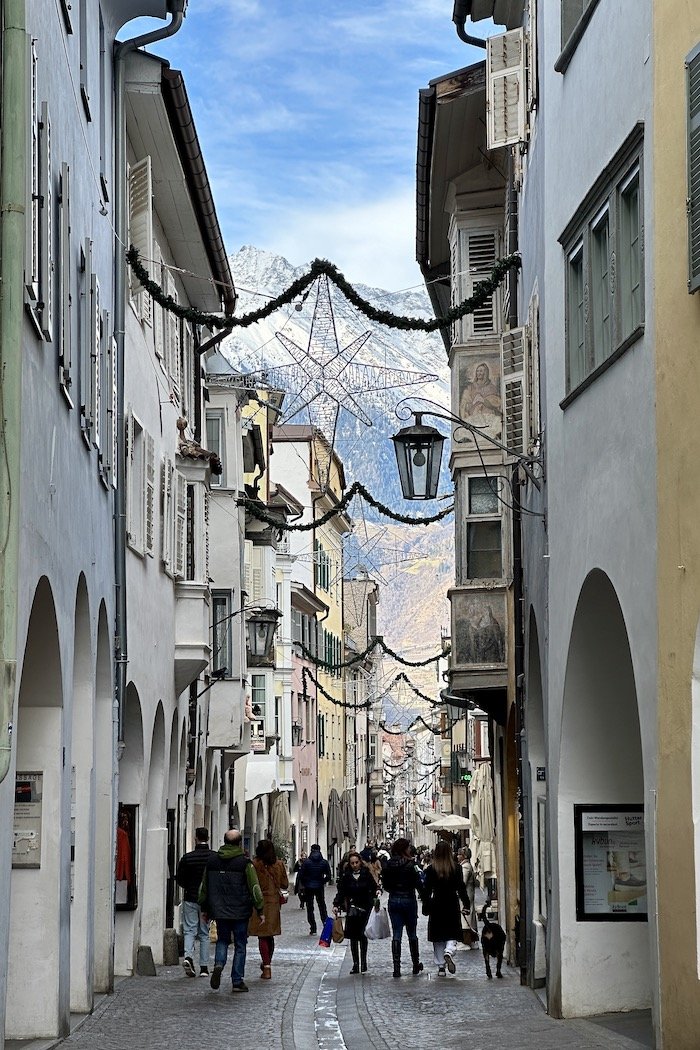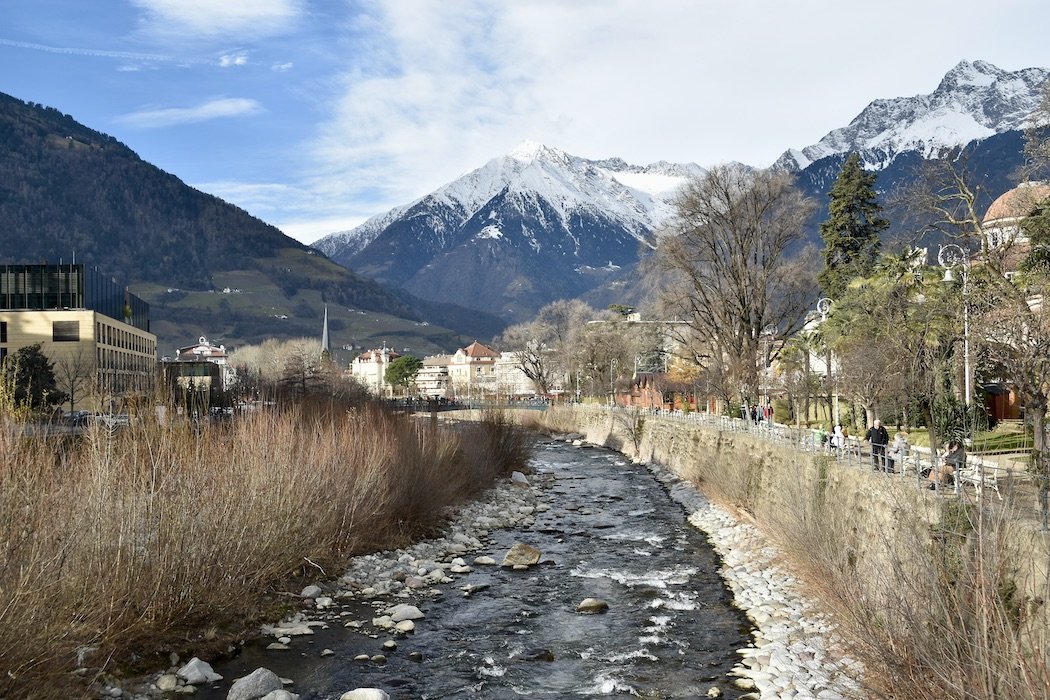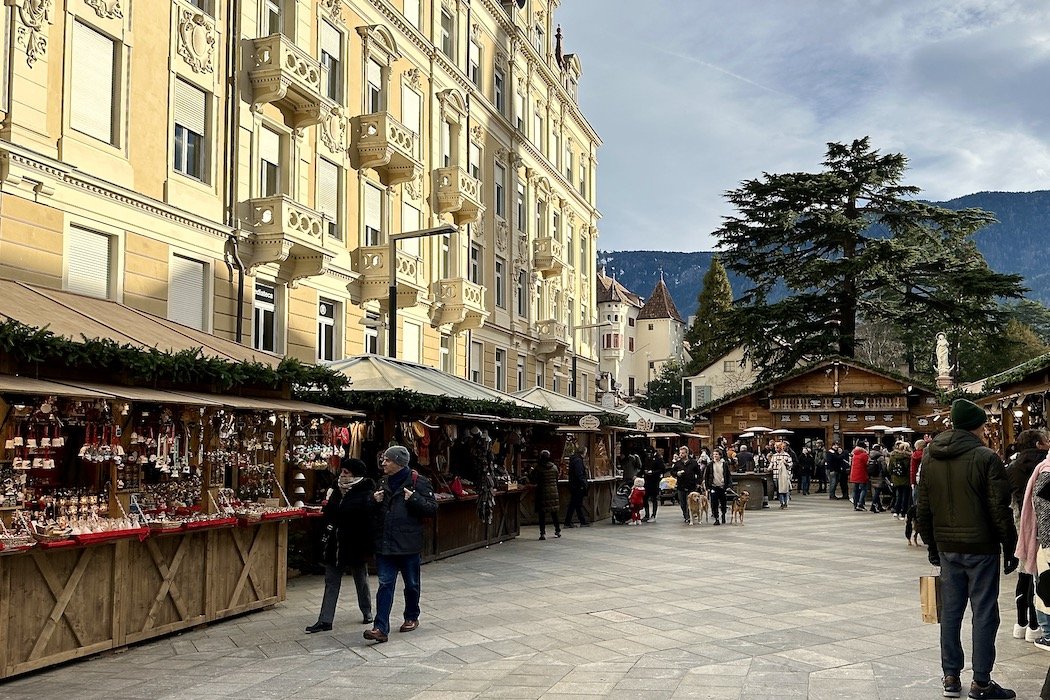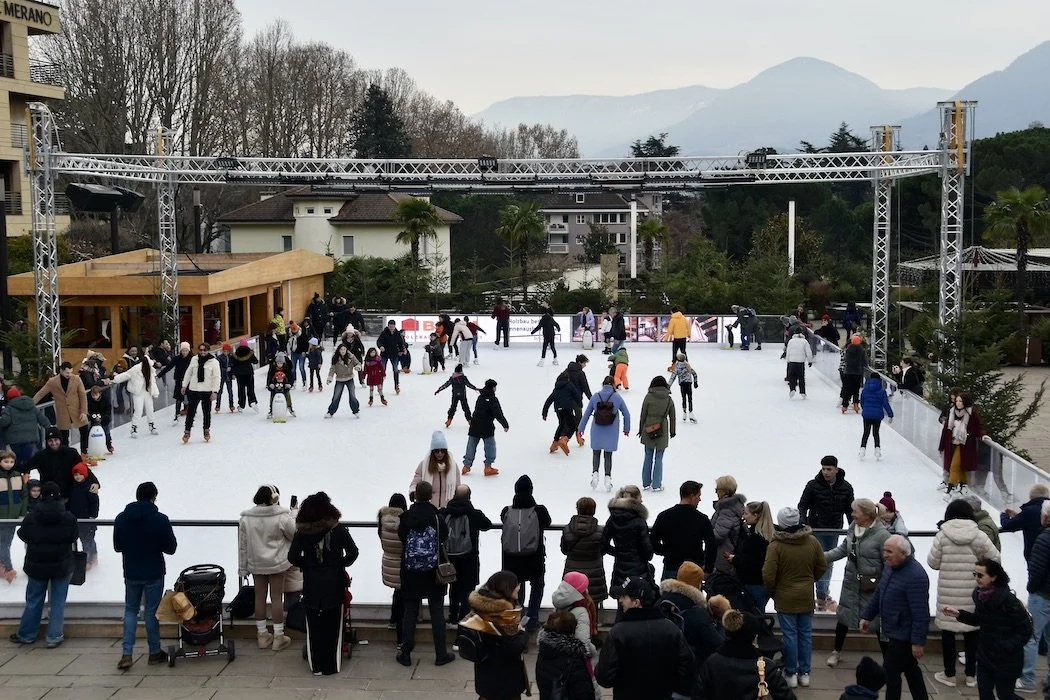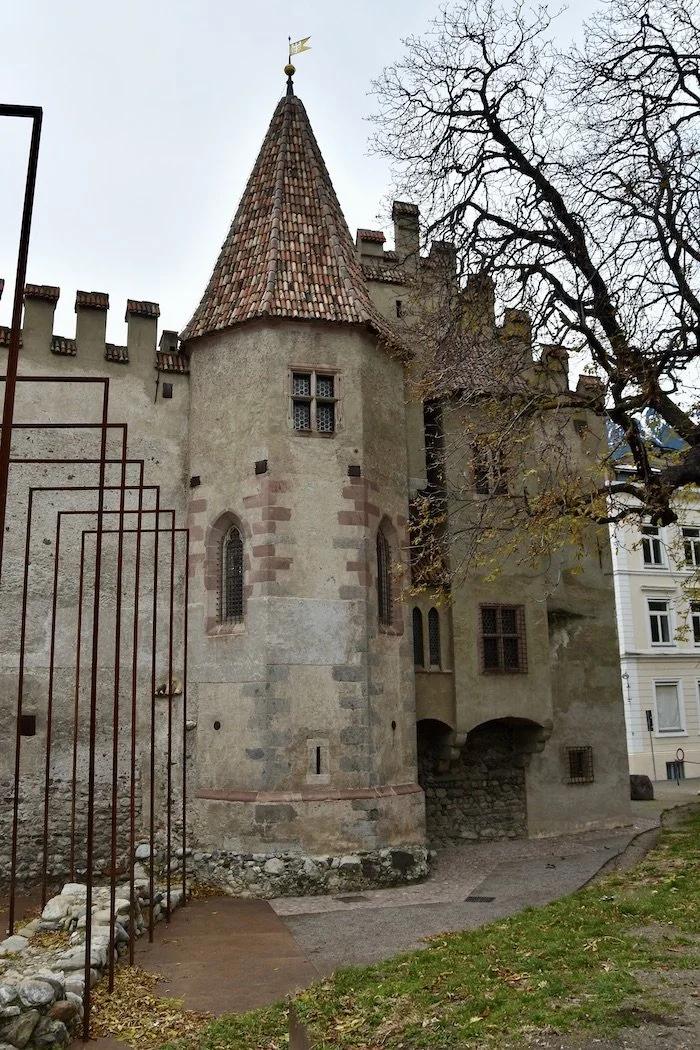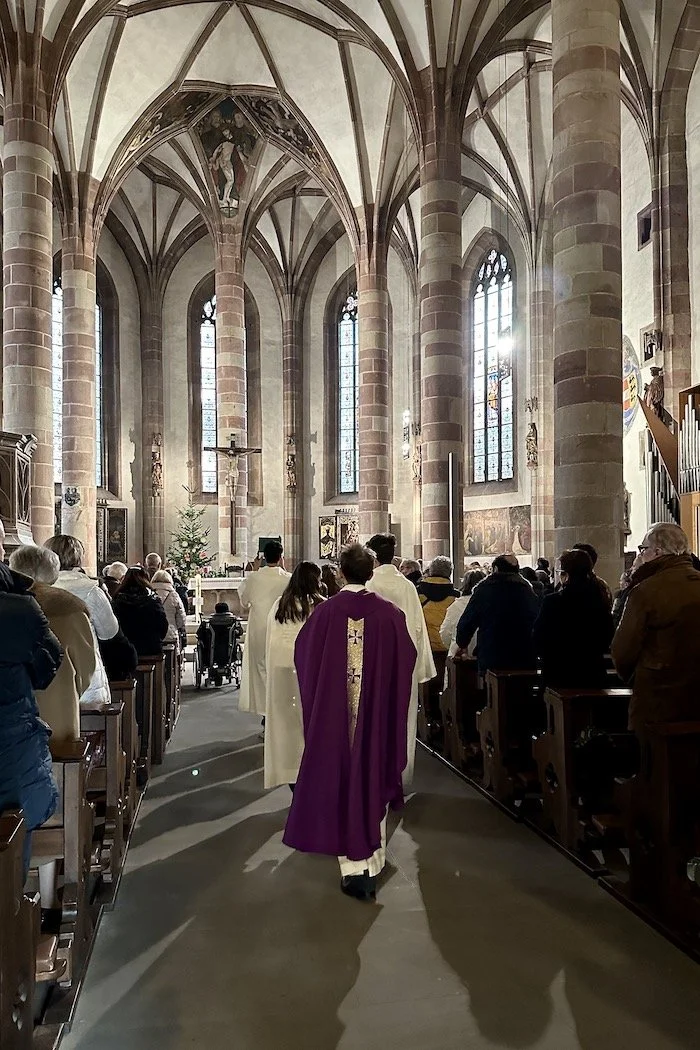Magical Merano in Winter
The Post Bridge over the Passer River to Merano’s Old Town
“You can’t get too much winter in the winter.” — Robert Frost
The elegant alpine town of Merano in Italy’s Alto Adige/South Tyrol region is known for its spas and art nouveau buildings surrounded by soaring natural beauty. Especially in winter, when the snow-covered mountaintops lure and mesmerize, Merano is magical. Located in the Passeier Valley basin, Merano enjoys a Mediterranean microclimate in the Alps, a rarity owing to the sheltering influence of four surrounding mountain ranges.
The region’s historical roots run deep, as ancient standing stones confirm human habitation back to the Bronze Age. The Roman Empire established a military encampment, Statio Maiensis, at the meeting point of the Passer and Etsch (Adige) Rivers, from where legions crossed the Alps on the Via Claudia Augusta for centuries. First mentioned as Mairania in 857AD, by the 1300s, the Counts of Tyrol ruled from their hilltop castle, making Merano their capital.
Riverside promenades are palm-lined below the majestic snow-capped peaks. In the old town, the Belle Epoch Kurhaus harkens back to the 1870s when Empress Elisabeth of Austria, nicknamed Sissi, came for the mild climate and the waters, making Merano a spa resort destination for the well-heeled. Across a footbridge, the Therme Merano thermal baths offer outdoor pools in a garden setting and indoor pools in a modern glass cube. A skating rink fills the plaza in winter, and gigantic Christmas bulb ornaments provide a sheltered lunch spot.
The cobblestoned old-world town nucleus holds 800 years of architecture, art, and marketplaces. Especially the Laubengasse (Via Portici), Merano’s oldest street, showcases a unique blend of Germanic and Italian culture that infuses the atmosphere. Lined with arcades filled with elegant shops, one side is Berglauben, backing up to the mountains, and the other is Wasserlauben towards the Passer River, where once German-owned and Italian-owned shops were on opposite sides. Today, the cultural mix is evident in locally produced delicacies and the love of lifting a glass of wine outdoors with friends regardless of season.
The Laubengasse begins at the Pfarplatz (Piazza Duomo) square, where the grand Church of St. Nicholas soars against the hillside. The Romanesque church dates to 1170, yet the 83 m (272 ft.) Gothic bell and clock tower took three centuries to finish. Behind it, the octagonal Chapel of St. Barbara contains two Baroque altars and one of South Tyrol’s oldest star-vaulted ceilings. At the low end of Laubengasse, sits the Prince’s Castle, town residence of the Dukes of Tyrol, entered through a door in a door, where it’s easy to imagine noble life in the Middle Ages. Across the street, a chairlift operates from spring through fall to take hikers up to Tirolo.
Leaving the lower town by the Bronzer Tor (Porta Bolzano), one of three remaining medieval gates, leads to Sandplatz Square (Piazza della Rena), where the Christmas market begins. Across the Post Bridge, the Church of the Holy Spirit, once the chapel for the first hospital, borders Elisabeth Park. From there, Sissi’s Path leads on a 45-minute walk to the Trauttmansdorf Castle’s stunning terraced gardens. This is one of six walking trails from Merano into the surrounding hills. Most popular is the Tappinerweg that passes vineyards to Powder Tower (Pulvertrum) where taking 110 steps to the top affords a stunning view past tall cypresses and palms to the Merano’s rooftops, the valley, and mountains.
Don’t Miss:
A slow meander through the heart of the old town to take in the arcades, beautiful buildings, and marketplaces.
Serendipity:
Locals along the way- arriving at the Prince’s Castle just 10 minutes before closing and getting a private tour from the attendant lasting 15 minutes.
Lunch Tip:
During the Christmas season, a wurst or oysters and local wine at a market stall. Otherwise, Forsterbräu rooftop for local beer and good food in a historic building across from the Kurhaus.
Bedtime:
Charming family-run, spa-like Somvita Suites 10 minutes up the road in Tirolo/ Dorf Tirol with stunning views.
Subscribe for inspiration to have my posts drop directly into your inbox. *If you enjoyed what you read, please share this post with like-minded travelers.*
*All photographs are mine, taken with my Nikon D5600 or iPhone 14 Pro.*

